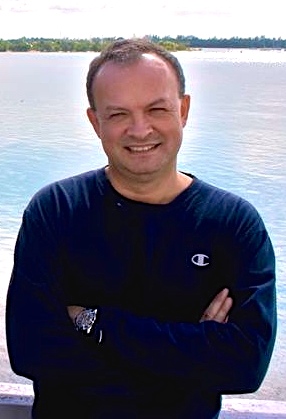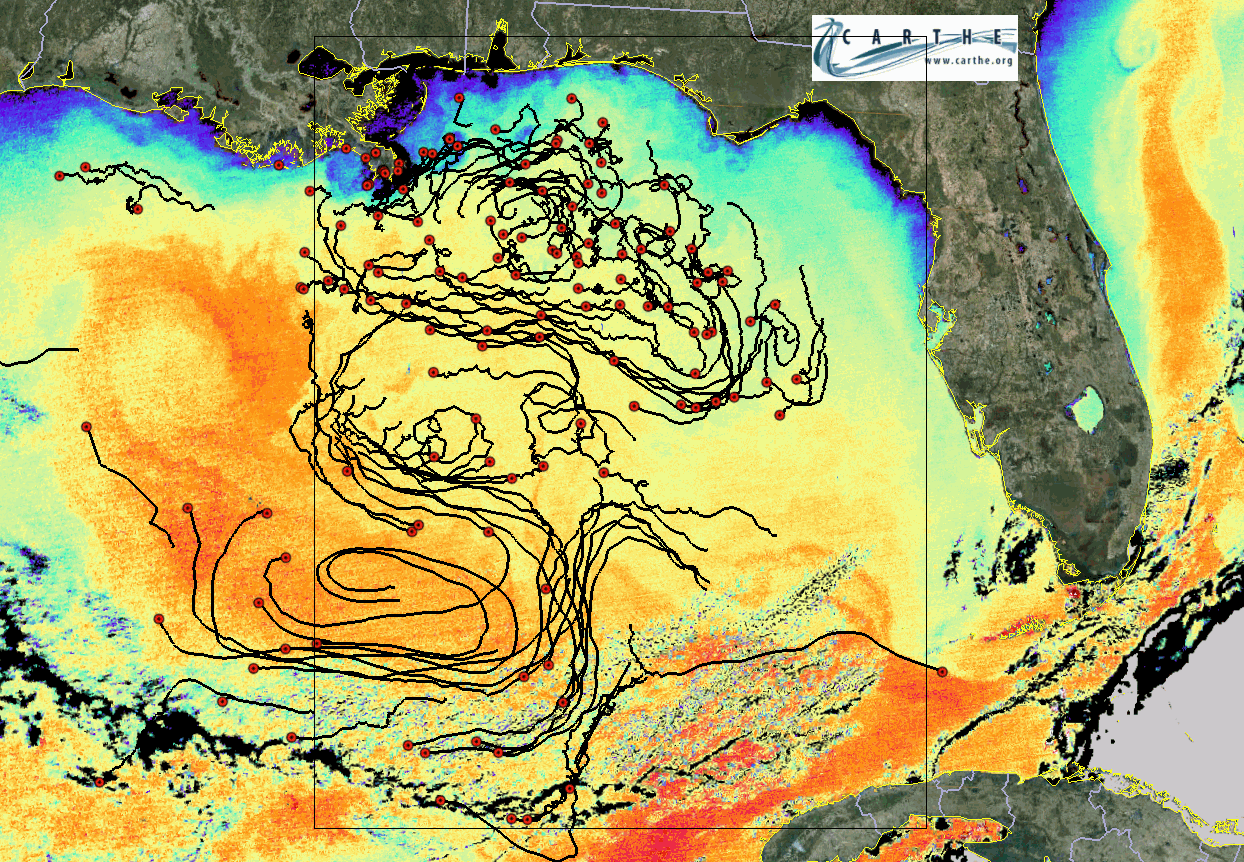Expert Opinion: Tamay Özgökmen - Understanding the Next Big Oil Spill: Recent Research at the University of Miami
 The Deepwater Horizon Spill of 2010 in the Gulf of Mexico underscored the need for informed response to such events. An integral part of that response is the prediction of the oil and gas plume evolution from the wellhead all the way to the beach. Questions such as "where will the oil go?", "how fast will it get there?" and "how much oil will get there?" arise in all major spills. The answers are important in the allocation of limited response resources and in determining the overall socio-economic impact of the spill. The transport prediction problem precedes all other steps. The benefit from predictive capability is analogous to our ability to forecast hurricanes; it lets people, communities, and planners know what to expect and respond appropriately. The continuous construction of deep-water rigs all around the world requires a much better understanding of the ocean flows between these rigs and the coastline.
The Deepwater Horizon Spill of 2010 in the Gulf of Mexico underscored the need for informed response to such events. An integral part of that response is the prediction of the oil and gas plume evolution from the wellhead all the way to the beach. Questions such as "where will the oil go?", "how fast will it get there?" and "how much oil will get there?" arise in all major spills. The answers are important in the allocation of limited response resources and in determining the overall socio-economic impact of the spill. The transport prediction problem precedes all other steps. The benefit from predictive capability is analogous to our ability to forecast hurricanes; it lets people, communities, and planners know what to expect and respond appropriately. The continuous construction of deep-water rigs all around the world requires a much better understanding of the ocean flows between these rigs and the coastline.
To address these issues, Tamay Ozgokmen (a professor at the Rosenstiel School of Marine and Atmospheric Science at the University of Miami), has been leading a large team
consisting of 42 senior investigators (including three members from National Science Academies) from 25 universities. This research consortium, named CARTHE - Consortium for Advanced Research on Transport of Hydrocarbon in the Environment (http://carthe.org/), conducts large expeditions in order to understand the physical processes at the interface of the ocean and atmosphere that determine the physical transport and dispersion of oil. The Consortium has so far produced some 86 peer-reviewed papers, and is currently preparing to conduct some of the most ambitious experiments ever conducted on transport by the oceanic and atmospheric boundary layers over the next two years. The data from these expeditions will be useful for improving operational prediction models used during oil spills, as well as the next generation sensors that will be installed in satellites after 2020.
